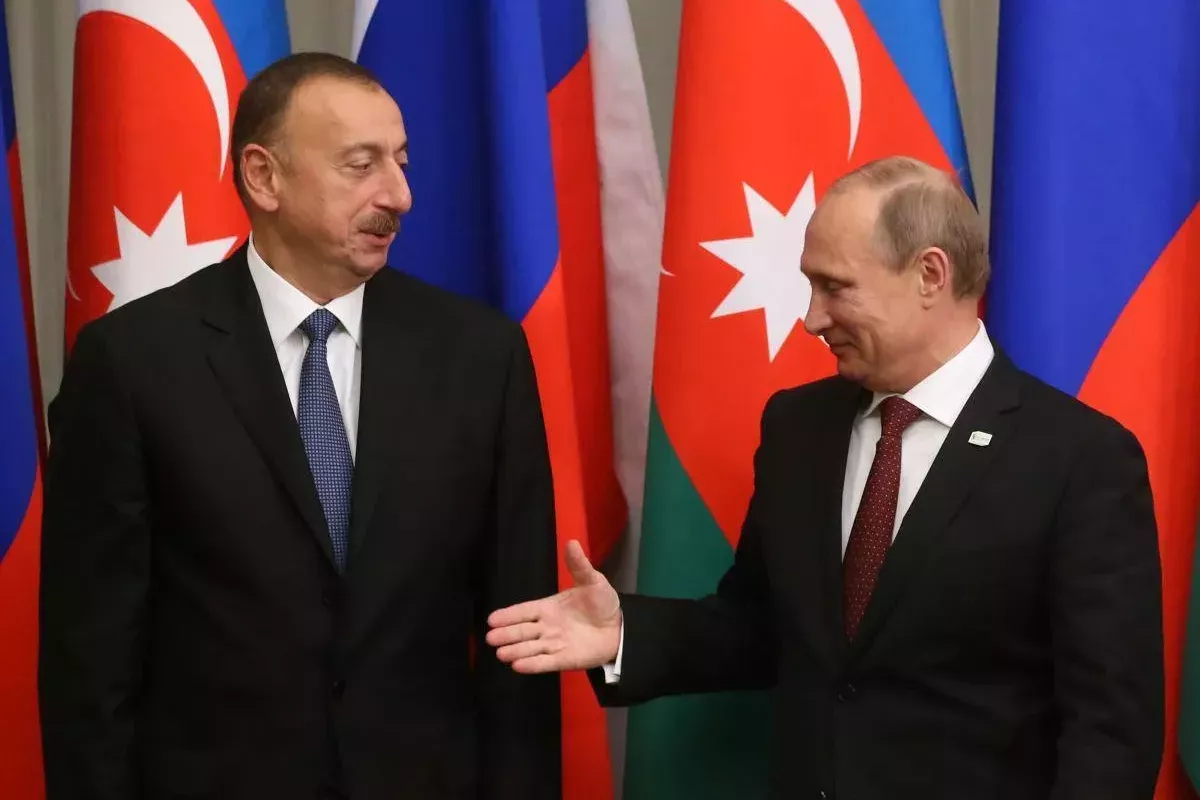
photo: president.az
While political relations between Russia and Azerbaijan have at times been marked by moments of tension and caution, the trade and economic partnership between the two countries continues to thrive. Economic figures, perhaps even more convincingly than diplomatic gestures, reveal the true nature of relations between Moscow and Baku: pragmatic, results-oriented, and resilient.
In August, the city of Astrakhan hosted the 23rd meeting of the Intergovernmental Commission on Economic Cooperation between Russia and Azerbaijan. The event underscored the continuity of a constructive dialogue between the two states. Russian Deputy Prime Minister Alexei Overchuk, co-chairing the session, highlighted that Russia remains among Azerbaijan’s top three trading partners and reaffirmed the mutual commitment to expand cooperation. He emphasized several key directions for future collaboration - the development of transport connectivity in the Caspian and South Caucasus regions, the strengthening of an independent financial architecture for settlements in national currencies, cooperation in energy and industry, and joint projects in agriculture and shipbuilding.
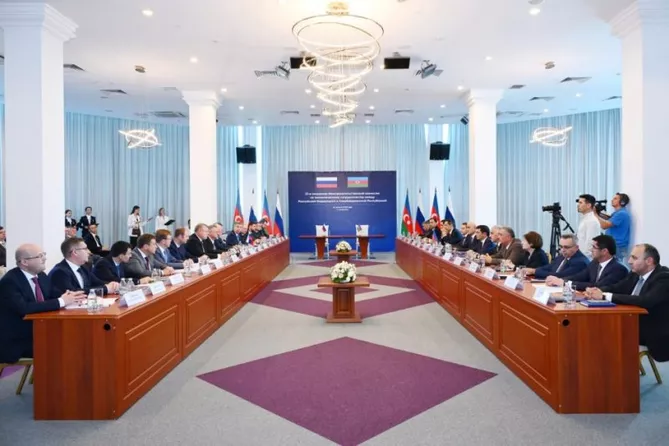
Photo: AZERTAC
The presence of large and representative delegations on both sides - more than 40 officials and business leaders from ministries, customs, logistics, and banking sectors - illustrated the scale of this partnership. Behind the protocol speeches lies a pragmatic understanding: the economic interdependence between Russia and Azerbaijan is deep enough to withstand political turbulence.
According to the State Customs Committee of Azerbaijan, the volume of bilateral trade between the two countries reached approximately 3.07 billion U.S. dollars between January and July 2025 - a 19.3-percent increase compared to the same period of the previous year. Exports of Azerbaijani goods to Russia rose by almost 10 percent, totaling 721.19 million dollars, while imports from Russia grew by 22.5 percent to 2.35 billion dollars.
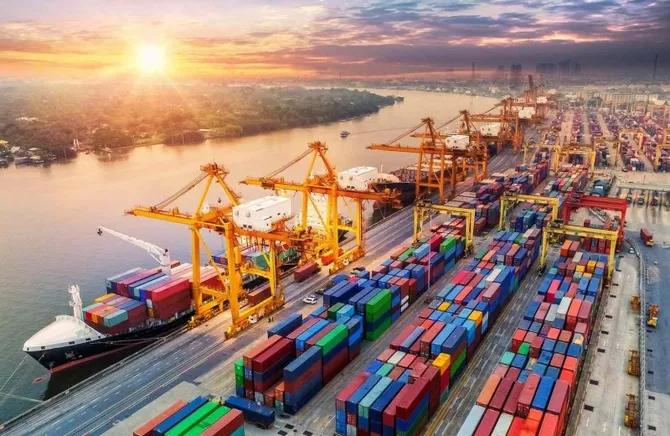
photo: TASS
This momentum continues the record year of 2024, when total trade turnover reached 4.8 billion dollars, setting a new benchmark in bilateral economic relations. Given the pace of growth in early 2025, that record is likely to be surpassed. What makes these numbers especially notable is that they come amid a period of political tension and emotional strain following the tragic crash of an Azerbaijani civilian aircraft earlier in the year. Yet, the data clearly indicate that both countries have chosen a path of economic rationality over political sentiment. In fact, Russia has now overtaken China to become Azerbaijan’s largest trading partner.
Earlier, during the 22nd session of the Interparliamentary Commission held in Baku in March, Chairwoman of the Federation Council Valentina Matvienko outlined an ambitious target - to raise the trade turnover to 8 billion dollars. She noted that the two countries possess all the necessary institutional and infrastructural foundations to achieve this milestone. Russian economists and business circles have echoed this optimism, projecting that the trade turnover could reach this figure by 2030-2031 if current trends continue.
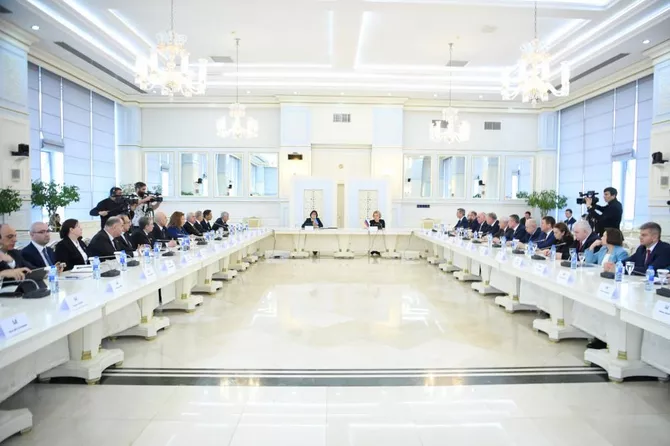
photo: meclis.gov.az
According to data cited by RBC from the UN Comtrade database, mutual trade between Azerbaijan and Russia has steadily expanded over the past three years, increasing by nearly 3 percent between April 2022 and March 2025. However, the trade structure remains asymmetric: Azerbaijan imports significantly more from Russia than it exports. Whereas in previous years the imbalance stood at a ratio of roughly two or three to one, by early 2025 it had widened to nearly five to one. This means that Azerbaijan continues to buy far more goods from Russia than it sells, highlighting the need to boost the export component of its trade.
Azerbaijan’s imports from Russia consist primarily of fuel, metals, machinery, vehicles, food products, and timber - goods reflecting Russia’s strong industrial and resource base. In contrast, Azerbaijani exports to Russia remain dominated by agricultural and consumer goods such as fruits, vegetables, plastics, and textiles.
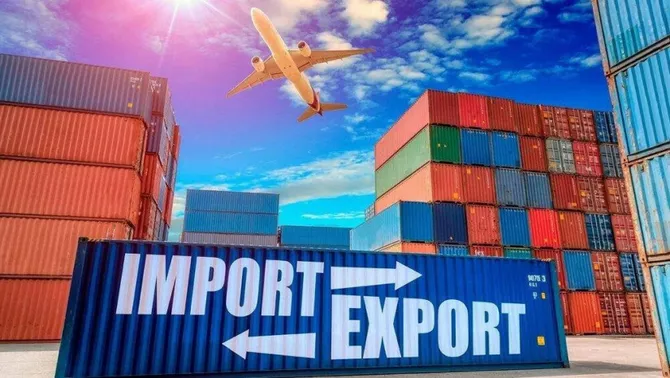
photo: Reuters
This growing imbalance is particularly evident in the first half of 2025, when, according to Jam-News, Azerbaijan’s negative trade balance increased by 27 percent. The publication notes that while this expansion demonstrates the vitality of economic ties, it has largely come at the expense of imports, worsening the trade gap. Economists suggest that Azerbaijan’s next challenge is to diversify exports and enhance industrial capacity, developing more value-added products in sectors such as processing, petrochemicals, and machine manufacturing.
Investment flows, however, offer a more balanced picture. According to the Central Bank of Azerbaijan, in the first quarter of 2025, Azerbaijan invested more than 18 million dollars into the Russian economy, while Russian investments in Azerbaijan reached 64 million dollars - a 16-percent increase compared to the previous year. The share of Russian capital in Azerbaijan’s total foreign direct investment grew from 3.7 percent in 2024 to 4.2 percent in early 2025. This dynamic demonstrates a clear mutual willingness to maintain and expand business cooperation.
Russian companies remain active in Azerbaijan’s construction, telecommunications, and energy sectors, while Azerbaijani enterprises are increasingly exploring opportunities in Russia’s logistics, transport, and agriculture. The establishment of joint ventures and new industrial clusters, particularly in shipbuilding and mechanical engineering, further strengthens this foundation.
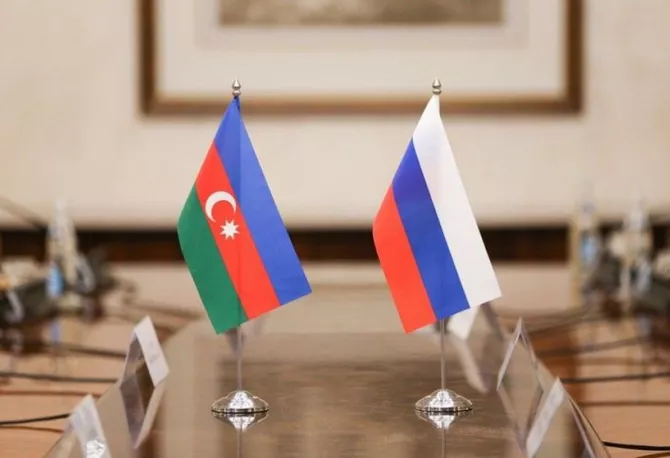
photo: News.Az
Importantly, these developments are unfolding at a time when many global economic ties are being restructured due to sanctions, geopolitical polarization, and shifting trade routes. The Russia-Azerbaijan partnership thus serves as a case study in economic pragmatism under pressure. Both countries have sought to build mechanisms independent of Western financial systems, including settlements in national currencies and the use of regional banking institutions.
The Caspian region, long seen as an area of strategic competition, is increasingly becoming a platform for cooperation. Energy projects, port infrastructure, and the growing role of the International North-South Transport Corridor provide both sides with opportunities to strengthen their positions in Eurasian logistics chains. The planned modernization of the Samur-Yalama railway and the expansion of the Baku-Yalama highway are key examples of this cooperation in action.
These achievements illustrate a broader truth: economic pragmatism can serve as a stabilizing force in geopolitics. Even when political disagreements arise, mutual economic benefit tends to prevail. Both Moscow and Baku appear determined to keep business separate from politics, guided by the logic of mutual advantage rather than short-term emotion.
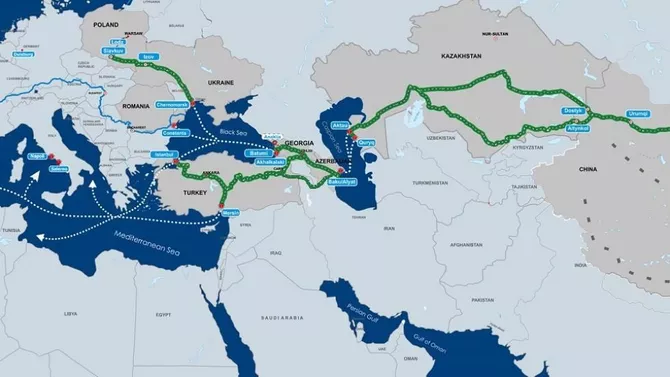
photo: APA
The goal of reaching 8 billion dollars in trade turnover may sound ambitious, but it is far from unrealistic. The structural foundation has already been laid - strong logistics, an expanding banking framework, and growing interest from the private sector on both sides. What remains is to transform this quantitative growth into qualitative development by fostering industrial cooperation, technology exchange, and joint innovation initiatives.
Ultimately, the Russia-Azerbaijan partnership embodies a model of how regional powers can pursue balanced, sovereign, and pragmatic cooperation in a turbulent world. It shows that numbers - trade, investment, infrastructure - can speak louder than any political slogan. If both nations stay the course, the next decade could witness not only the fulfillment of the 8-billion-dollar target but also a broader reintegration of the Caspian and South Caucasus regions into the heart of Eurasian economic connectivity.
In this sense, Russia and Azerbaijan are not merely trading partners; they are architects of a new regional economic order - one in which realism, reciprocity, and shared interests form the basis of stability and growth.
Share on social media